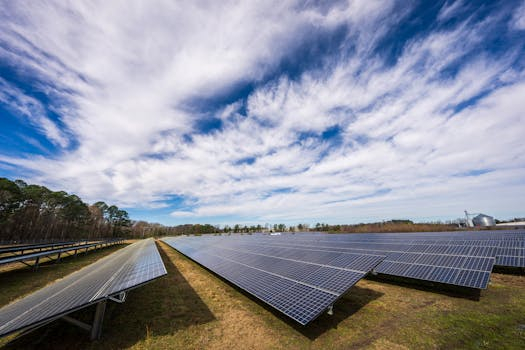Virtual Try-Ons: Reducing Returns (and Carbon Footprints)
Picture this: you’re scrolling through your favorite online retailer, searching for the perfect outfit. You finally find it, click “Add to Cart” and eagerly await its arrival. But when it finally arrives, it’s not quite what you expected. The color is slightly off and the size just doesn’t fit right. Disappointed, you have to return it, adding yet another carbon footprint to the already growing environmental crisis. This scenario is far too common and the fashion industry is no stranger to the detrimental effects of returns. However, thanks to technology, there is a solution that not only reduces returns, but also minimizes carbon footprints: virtual try-ons.
What are Virtual Try-Ons?
Virtual try-ons are digital simulations that allow customers to virtually try on clothing and accessories without having to physically go to a store. This technology uses a combination of artificial intelligence (AI), augmented reality (AR), and computer vision to create a realistic and interactive shopping experience for customers. By simply uploading a photo or using a live camera, customers can see how a garment or accessory looks on them in real-time. Virtual try-ons have gained significant popularity in recent years, especially in the beauty and fashion industries, revolutionizing the way we shop online.
The Environmental Impact of Returns
Returns are a major issue for the fashion industry, with an estimated 30% of online purchases being sent back. These returns not only result in a loss for retailers, but they also have a significant impact on the environment. When a customer returns an item, it often goes through multiple steps before being resold. This process includes transportation, repackaging, and in some cases, disposing of the item. Each of these steps contribute to carbon emissions and waste, ultimately adding to the fashion industry’s already enormous carbon footprint.
Transportation
The first step in the return process is transportation. When a customer returns an item, it has to be shipped back to the retailer’s warehouse or store. This means double the transportation emissions, as the original shipment of the item also contributed to carbon emissions. Additionally, if the item needs to be returned to the manufacturer, it may require international transportation, further increasing the carbon footprint.
Repackaging
When an item is returned, it is often repackaged and sent back to the retailer or manufacturer for inspection. If the item is unable to be resold, it may be disposed of, contributing to the already mounting waste in landfills. In fact, the fashion industry produces around 92 million tons of solid waste each year, with returns playing a significant role in this waste.
Disposal
In some cases, returned items cannot be resold and end up in landfills. Fashion items, especially those made of synthetic materials, take hundreds of years to decompose, releasing harmful greenhouse gases in the process. This not only adds to carbon emissions, but also contributes to pollution and environmental degradation.
The Benefits of Virtual Try-Ons
Virtual try-ons have the potential to significantly reduce returns, and in turn, minimize the fashion industry’s carbon footprint. By allowing customers to virtually try on items before purchasing, they can see exactly how the item will look and fit on their body. This not only reduces the chance of receiving an item that doesn’t meet expectations, but also eliminates the need for multiple sizes or colors to be purchased and returned. As a result, there will be less transportation emissions, less packaging waste, and less items ending up in landfills.
Improved Customer Satisfaction
Virtual try-ons not only benefit the environment, but also improve customer satisfaction. With the ability to see how an item will look on them before purchasing, customers are more likely to be happy with their purchase and keep the item, reducing the need for returns. This results in a win-win situation for both customers and retailers.
Efficiency and Cost Savings for Retailers
In addition to reducing returns, virtual try-ons also offer a more efficient and cost-effective solution for retailers. With less returns, retailers save money on transportation costs, repackaging, and waste management. This also allows them to invest in technology and AI for a more seamless virtual try-on experience, leading to increased customer satisfaction and loyalty.
In Conclusion
The fashion industry is one of the most polluting industries in the world, and returns play a significant role in its environmental impact. Virtual try-ons offer a solution to not only reduce returns, but also minimize the carbon footprint of the fashion industry. As consumers, we can do our part in reducing our environmental impact by embracing virtual try-ons and making more conscious purchasing decisions. With the help of technology, we can create a better, more sustainable future for fashion.





